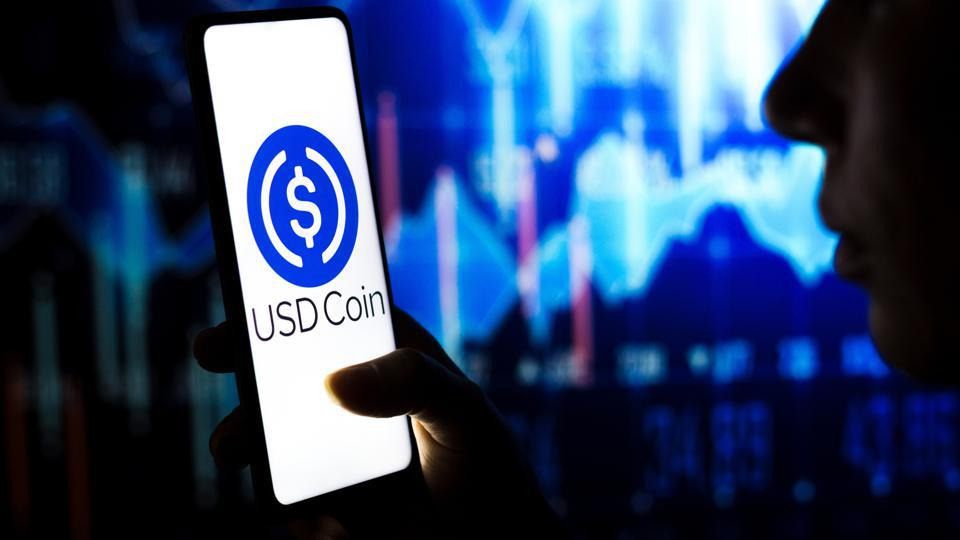The stablecoin market is experiencing a significant shift as major issuers like Circle (USDC) and Tether target non-U.S. markets for adoption. This strategy is reflected in Circle CEO Jeremy Allaire’s recent revelation that a substantial portion of USD Coin (USDC) adoption, up to 70%, comes from countries outside the United States. As the global stablecoin landscape evolves, these insights shed light on the growing influence of stablecoins beyond U.S. borders.
USDC’s Non-U.S. Markets Driving Adoption
In a tweet to his Twitter followers on August 8, Circle CEO Jeremy Allaire emphasized that despite the prevailing notion of U.S.-centric adoption, approximately 70% of the adoption of USDC is originating from countries beyond the United States. Allaire highlighted the strong momentum in emerging and developing markets, particularly in Asia, Latin America (LATAM), and Africa. This trend underscores the expanding role of stablecoins in regions where traditional financial systems may be less accessible or stable.
Read more: PayPal’s Entry into Stablecoin Market: Competition and Regulatory Concerns
Tether’s Parallel Strategy
Paolo Ardoino, the Chief Technology Officer of Tether, echoed a similar sentiment, expressing Tether’s focus on non-U.S. markets. In February, Ardoino positioned Tether (USDT) as a safe tool for emerging markets and developing countries. Both Circle and Tether are aligning their strategies with the global shift towards stablecoins, recognizing their potential to provide stability and financial access in regions with varying economic conditions.
Navigating Regulatory Landscapes and Market Trends

Allaire’s comments coincide with PayPal’s announcement of its own USD-pegged stablecoin, PayPal USD (PYUSD). Allaire commended this move and attributed it to the increasing regulatory clarity in the industry. Additionally, as the supply of USDC has seen a decline in 2023 due to reduced demand and increased redemptions, stablecoin issuers are reevaluating their strategies to maintain market share and liquidity.



![Pionex Review ([currentyear]): Trading Bots, Fees, and Pros & Cons 6 Pionex Review Featured Image](https://coinwire.com/wp-content/uploads/2023/08/pionex-review-featured-image-1024x683.jpg)
![Best Crypto Exchanges in UAE and Dubai to Buy Bitcoin ([currentyear]) 7 Best Crypto Exchanges In Uae And Dubai Featured Image](https://coinwire.com/wp-content/uploads/2024/01/best-crypto-exchanges-in-uae-and-dubai-featured-image-1024x683.jpg)
![Cardano vs Solana ([currentyear]): Is Cardano or Solana better? 8 Cardano Vs Solana Featured Image](https://coinwire.com/wp-content/uploads/2023/06/cardano-vs-solana-featured-image-1024x683.jpg)
![Paybis Review ([currentmonth] [currentyear]): Is It Safe and Legit? 9 Paybis Review Featured Image](https://coinwire.com/wp-content/uploads/2024/05/paybis-review-featured-image-1024x683.jpg)